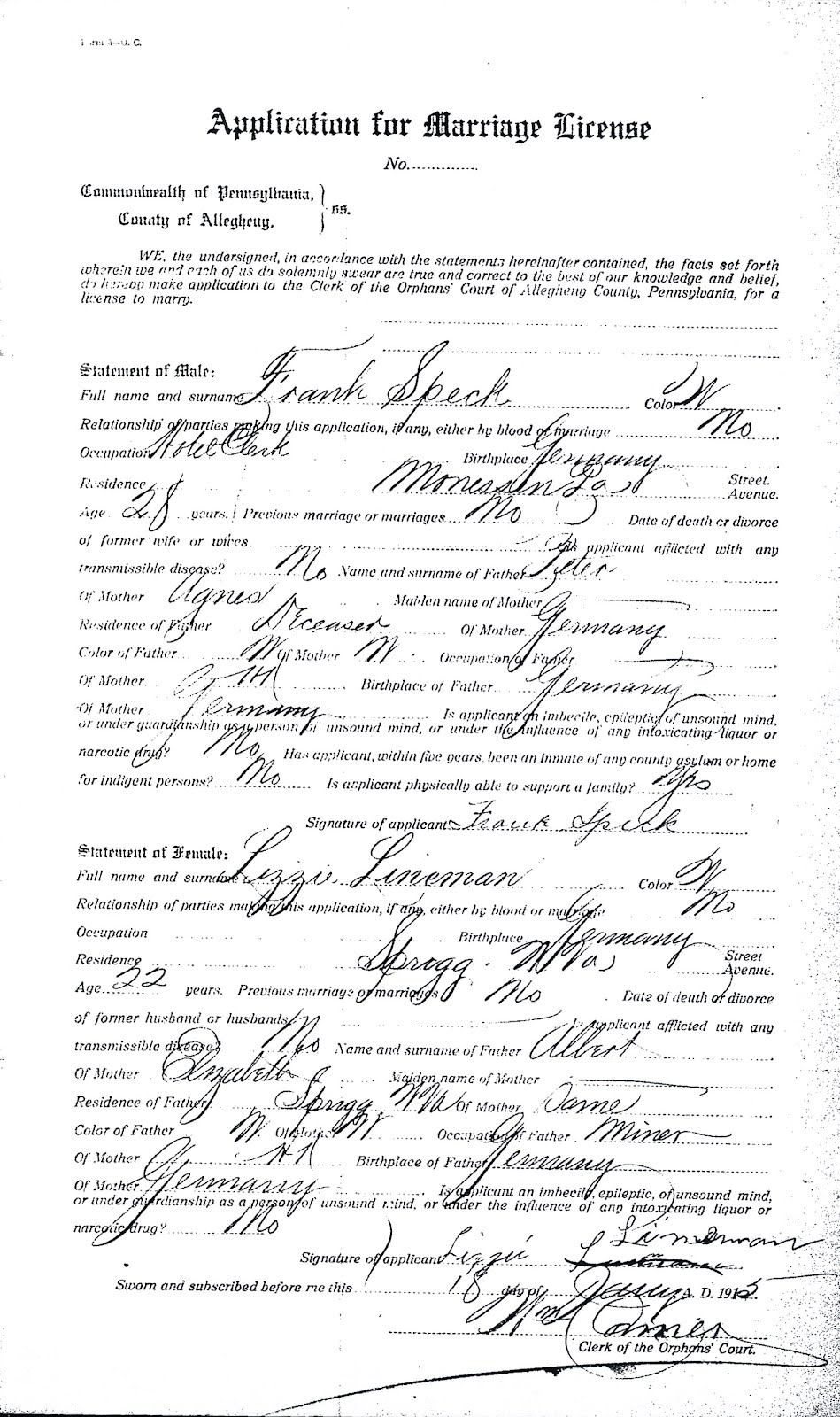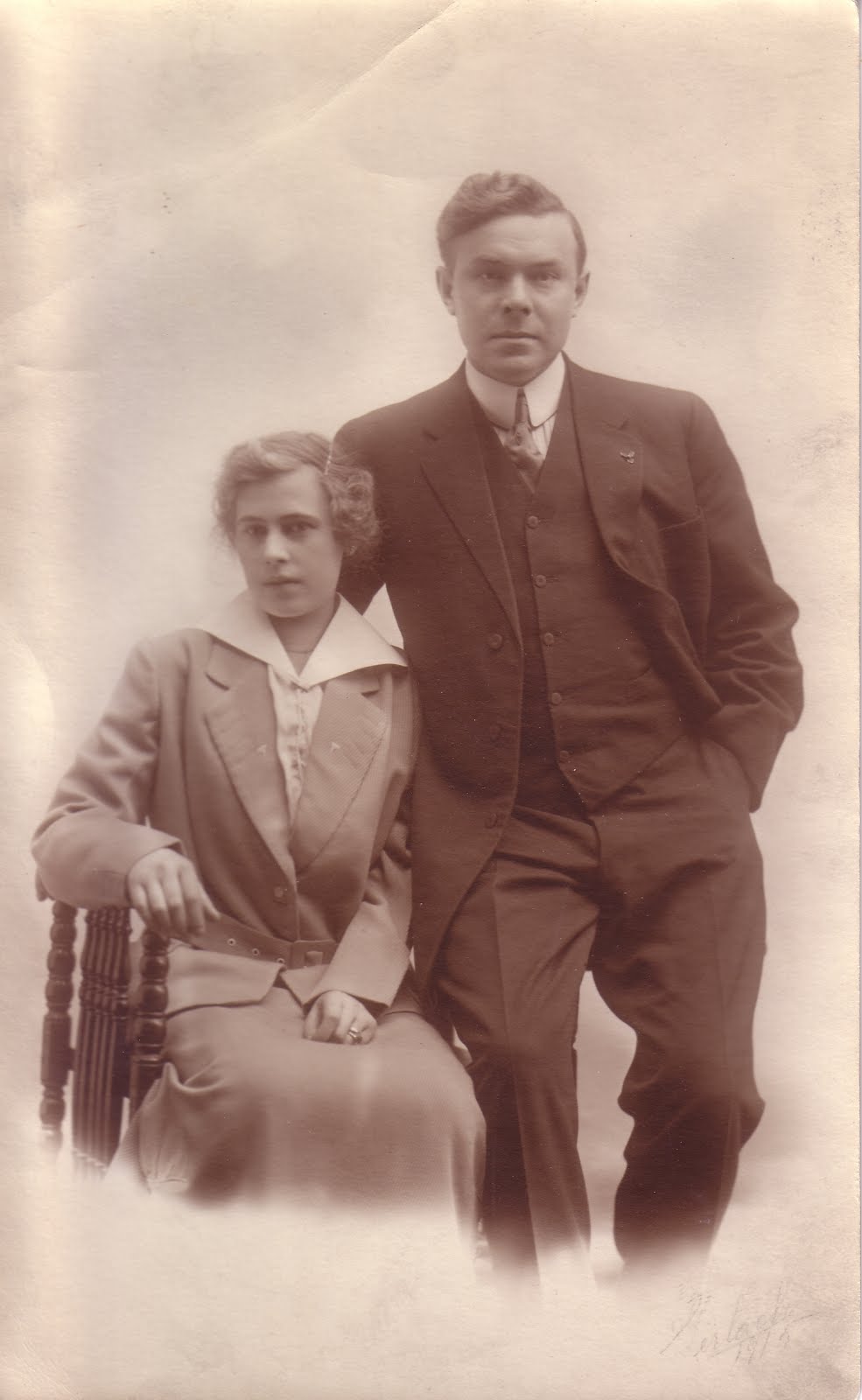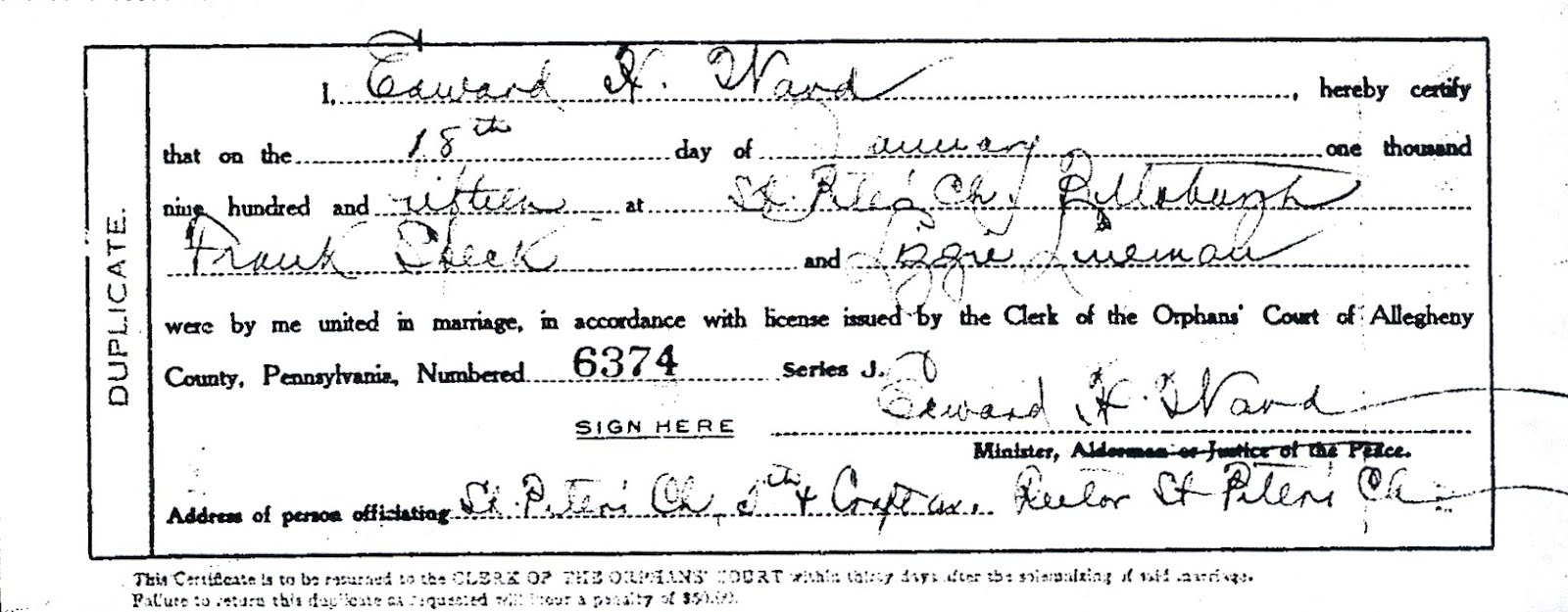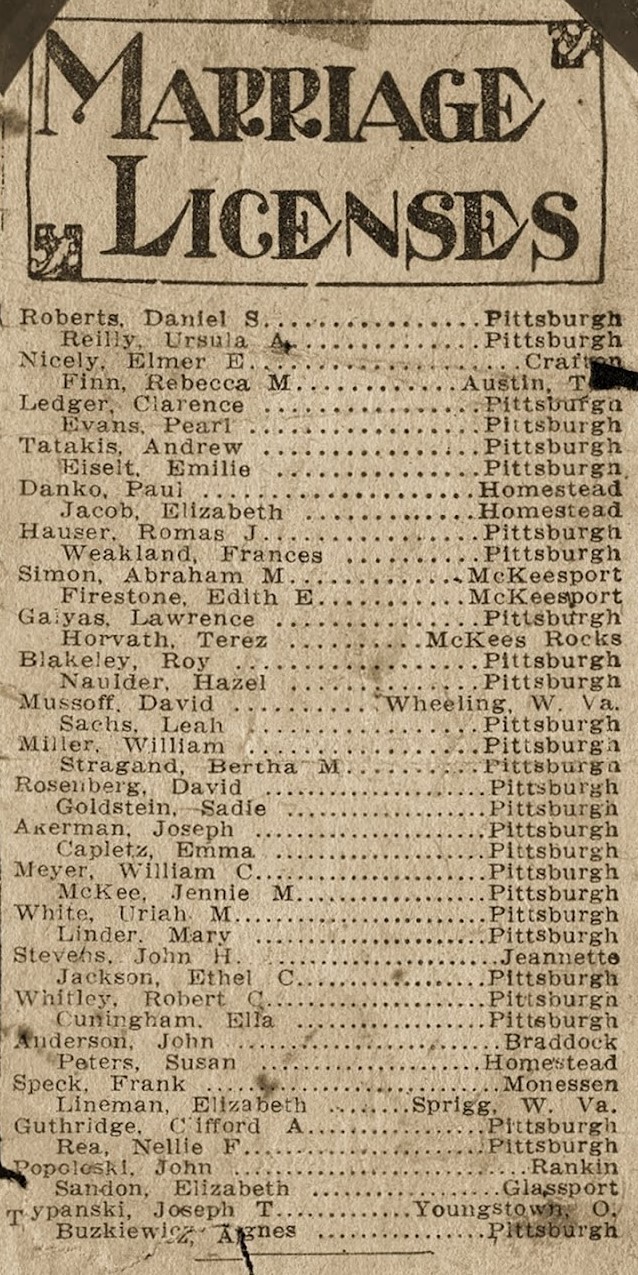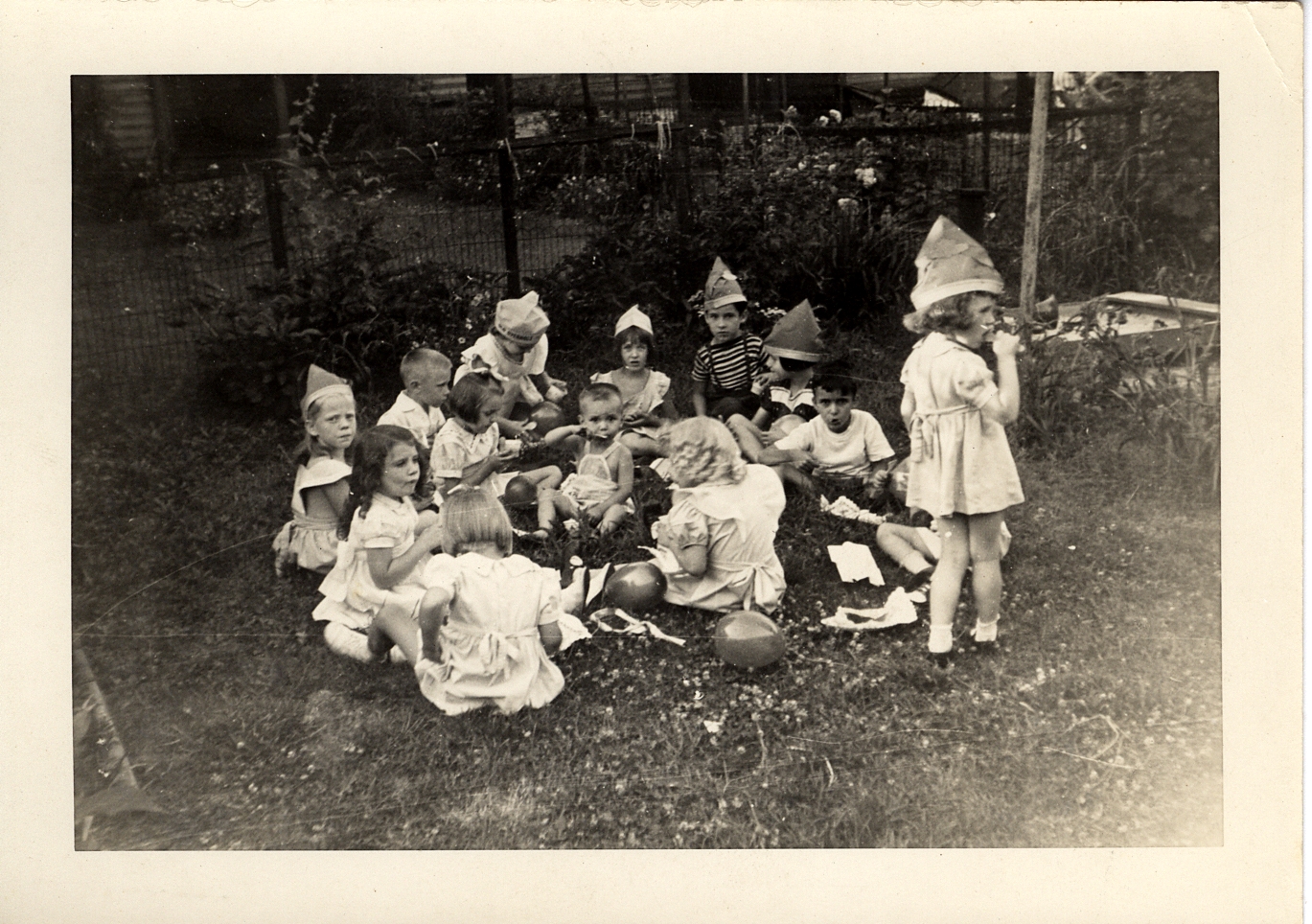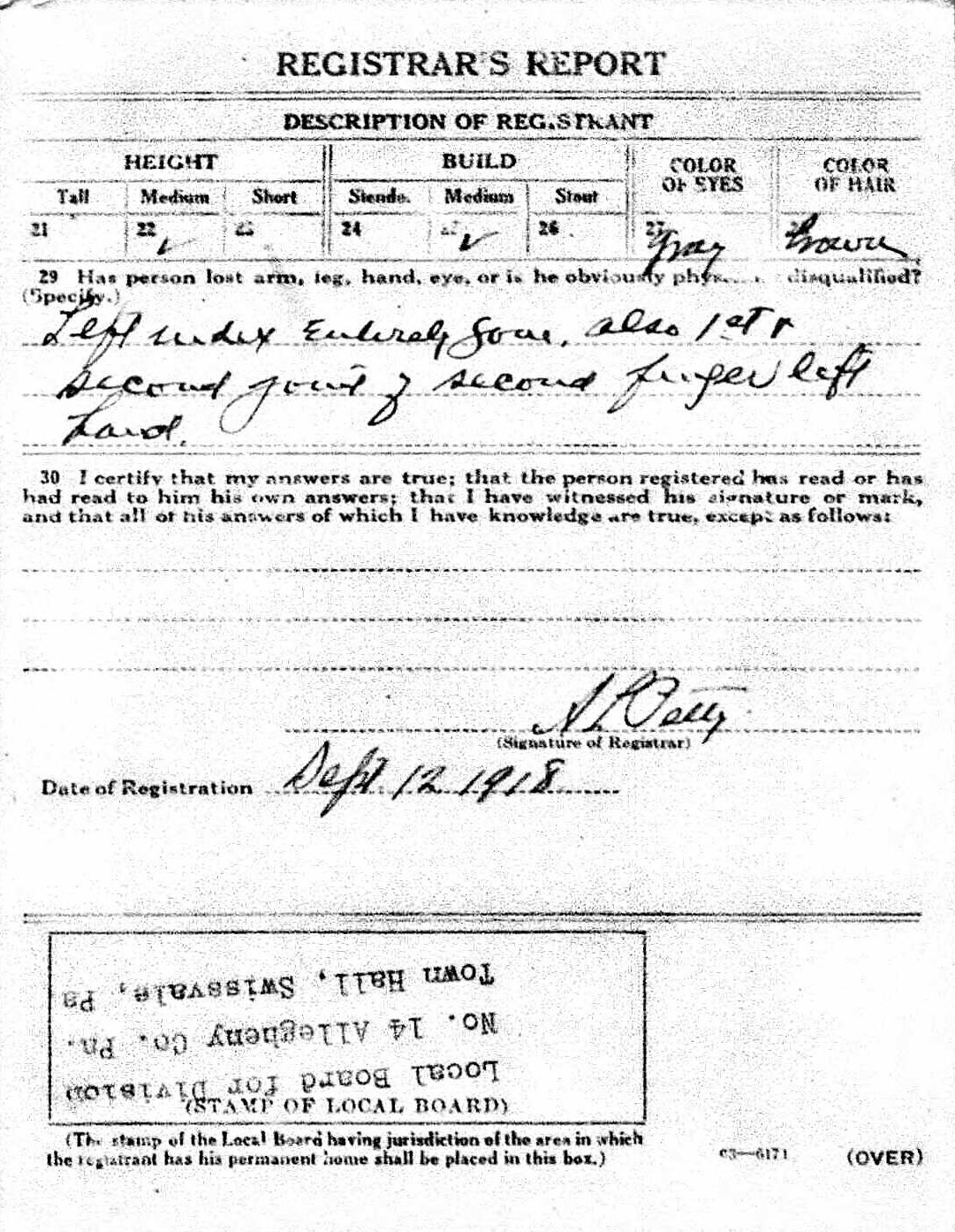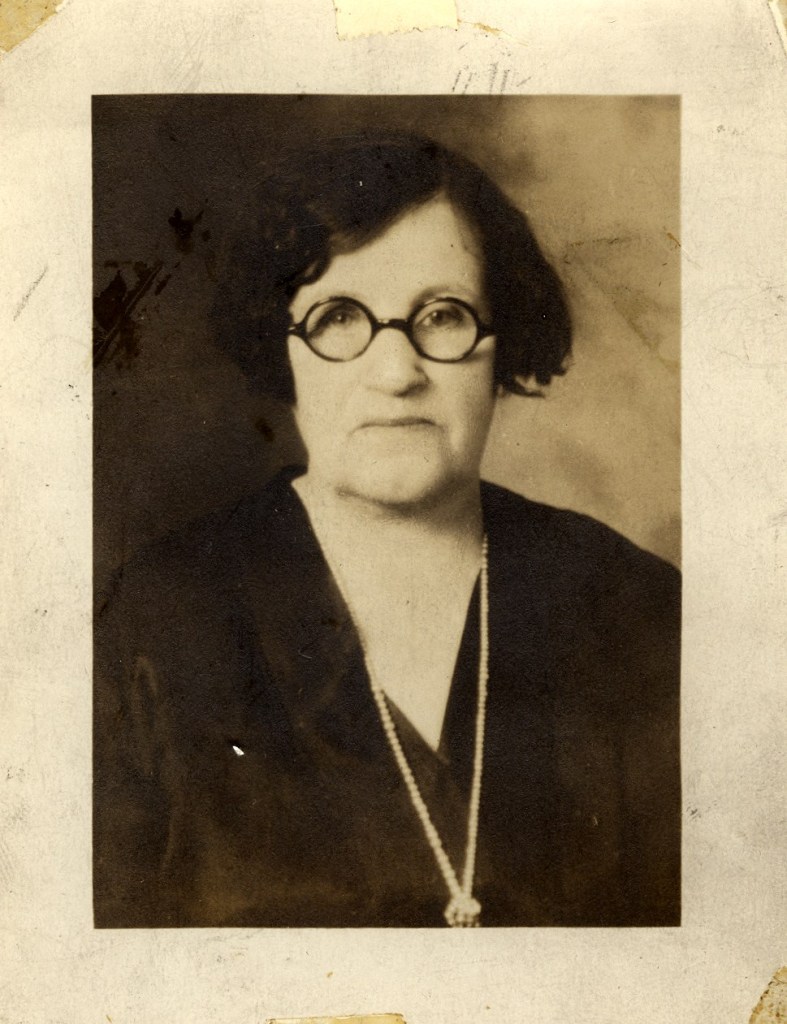
I have posted several pictures and stories of my female ancestors. Another of these strong women was my second great-grandmother Elisabeth Barbara Nilkowski, who was known as Barbara.
I don’t know too much (yet) about Barbara’s childhood. From her marriage record I have learned that she was born on 15 April 1865 in Alt Muensterberg which was at the time in West Prussia in Germany (that area is now in Poland). Her parents were recorded as Johan Nilkowski and Maria Schild.
On 4 November 1886, Barbara married Christian Fasel in Gelsenkirchen, Germany. Her first son, also named Christian, was born on 24 August 1887 in the same town. His birth record reported that his father, a miner, had died on 8 June 1887. Barbara was widowed at age 22, just a few months before her first child is born.
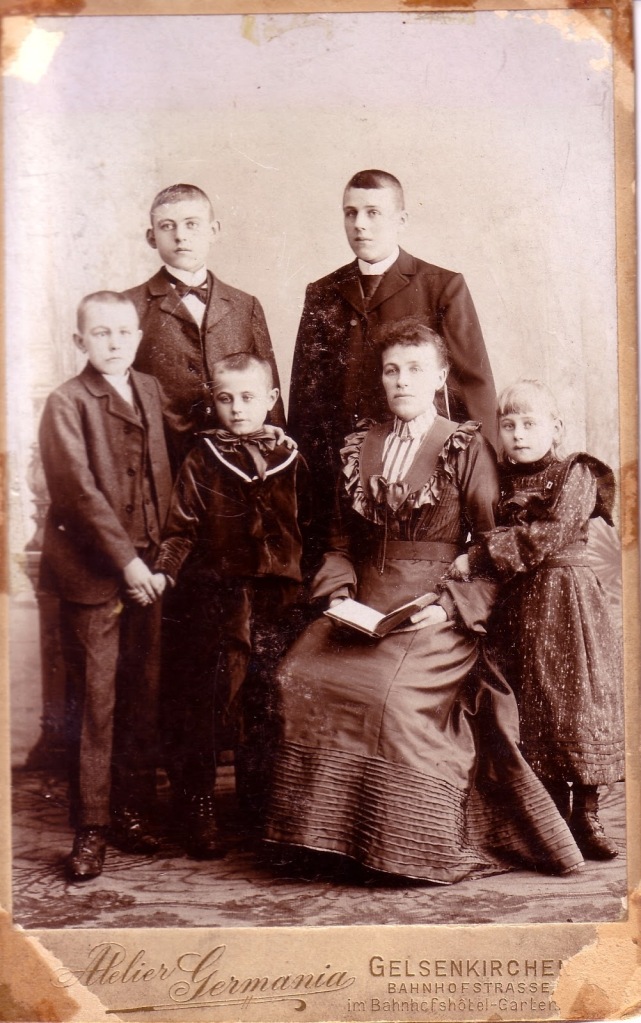
Sometime before January 1889, Barbara married Gerhard Linnemann. Over the next ten years they had six children: Gerhard Bernard (1889), Wilhelm Julius (1890), Rudolph (1893-1896), Georg Adolf (1895), Elisabeth Maria (1897), and Rudolph (1899-1901). Two of their sons (both named Rudolph) died as young children.
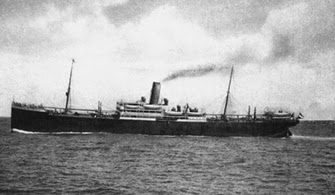
In August of 1904, Barbara traveled from Bremen to the America to meet her husband who had arrived in 1903. Barbara and her five children sailed for thirteen days on the SS Cassel to Baltimore. The family photo above apperas to have been taken shortly before their departure.
There are few records about the Linnemann family during their early years in the US. They spent time in West Virginia before settling in Monessen, a steel town south of Pittsburgh. By 1915, Barbara’s son William had moved to Chicago, and children George and Elisabeth had married.

In 1918, her husband Gerhard committed suicide while the family was out for a walk. This tragic event happened as two of her sons were serving in World War I, and just a few weeks after their second grandchild was born. Barbara had to endure yet another heartbreaking loss and was widowed again at age 53. The newspaper article stated that Gerhard had been injured in a coal mining accident several years earlier, and had “seemed irrational as a result” and would “take to spells of anger and brooding.”
Barbara stayed in Monessen and lived with her sons Christian and Gerhard, both of whom never married. A few years after her husband’s death, Barbara worked as a “steward” (probably a waitress) at the Turner Hall, a German social club in Monessen. Her son Christian worked as a steward there as well. On 30 July 1935, Barbara died in her sleep of a heart attack at her home on Second Street in Monessen. She was buried next to her husband in Grandview Cemetery.
Barbara was known as “Mem” to her daughter’s children. Below are a few snapshots of her from our family memorabilia. I have yet to find a picture of Barbara smiling, but thinking of her life and losses, she may have become a pretty tough woman.
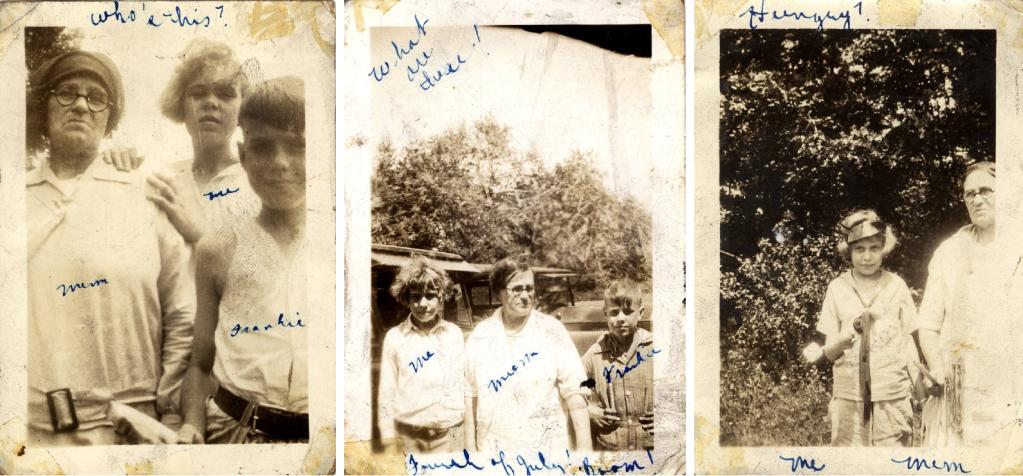
Sources:
Gelsenkirchen, North Rhine-Westphalia, Germany, Zivilstandsregister [Civil Register], Rudolph Linnemann (1893-1896) and Rudolph Linnemann (1899-1901); Institut für Stadtgeschichte, Gelsenkirchen, Germany, email from Norbert Silberbach.
Gelsenkirchen, North Rhine-Westphalia, Germany, Geburtsregister [Births], no. 784, Christian Fasel (1887), no. 11, Gerhard Linnemann (1889), no. 1133, Wilhelm Linnemann (1890), no. 494, Georg Linnemann (1895), and no. 644, Elisabeth Linnemann (1897).
“Baltimore Passenger Lists, 1820-1964,” digital images, Ancestry.com (https://www.ancestry.com : accessed 19 December 2019), entry for Gerhard Linnemann, age 41, arrived 18 December 1903 aboard the Oldenburg from Bremen; citing National Archives microfilm publication T844, RG 85. This database has erroneously indexed Gerhard as Geheat.
“Baltimore Passenger Lists, 1820-1964,” digital images, Ancestry.com (https://www.ancestry.com : accessed 19 December 2019), entry for Elizabeth Linnemann, age 39, arrived 31 August 1904 aboard the Cassel from Bremen.
Pennsylvania Department of Health, certificate of death no. 69108 (1918), Gerherd Lenemann, Bureau of Vital Statistics, New Castle.
Pennsylvania Department of Health, certificate of death no. 67541 (1935), Barbara Elizabeth Linneman.
1920 U.S. census, Westmoreland County, Pennsylvania, population schedule, Monessen Borough, Enumeration District (ED) 152, sheet 2-B, p. 147 (stamped), dwelling 22, family 38, Elizabeth Linneman household; digital images, Ancestry.com (http://www.ancestry.com : accessed 22 May 2019), citing National Archives microfilm publication T625, roll 1666.
Gerhard Bernard (1889), Wilhelm Julius (1890), Rudolph (1893-1896), Georg Adolf (1895), Elisabeth Maria (1897), and Rudolph (1899-1901).
© 2021 LAURA CUBBAGE-DRAPER. ALL RIGHTS RESERVED.


